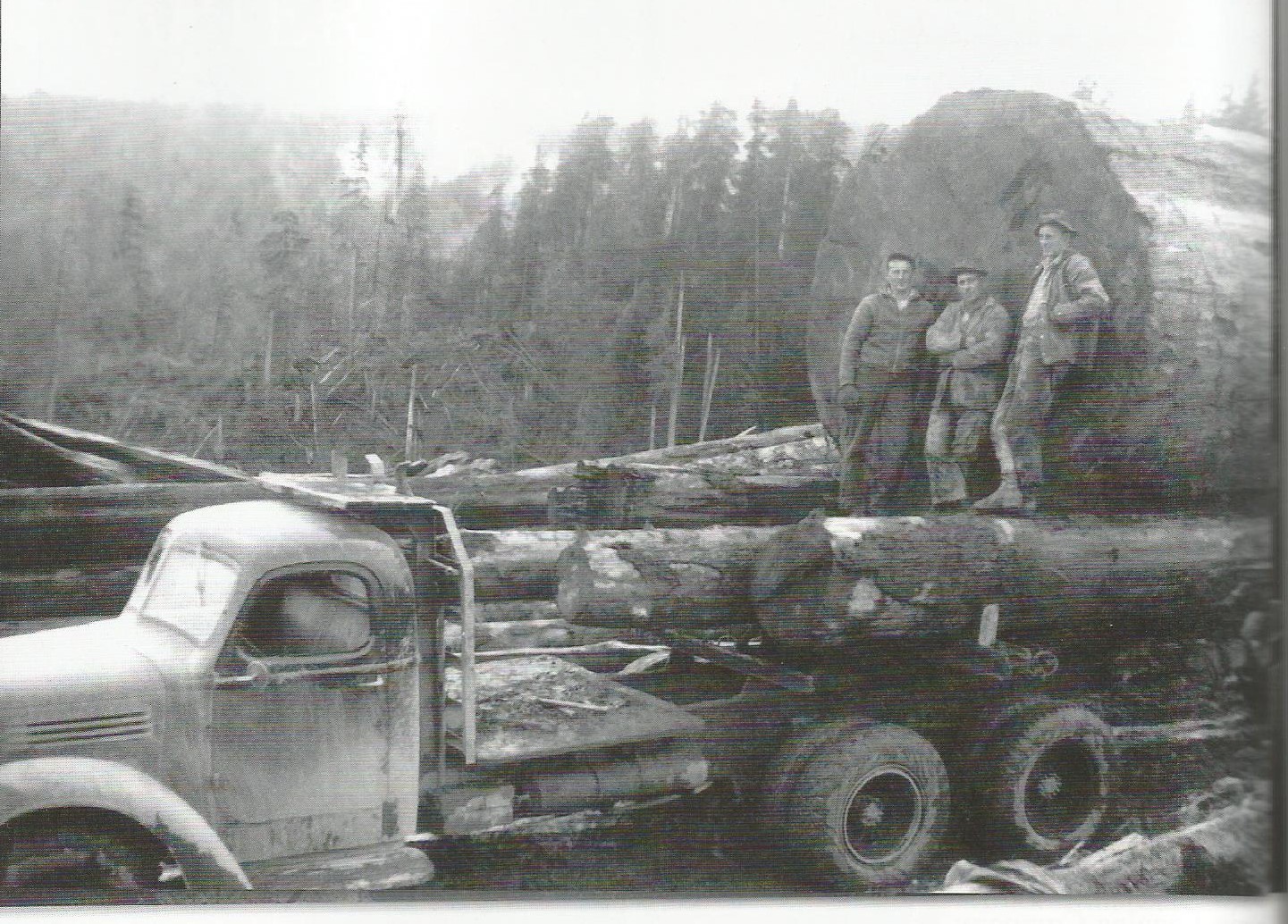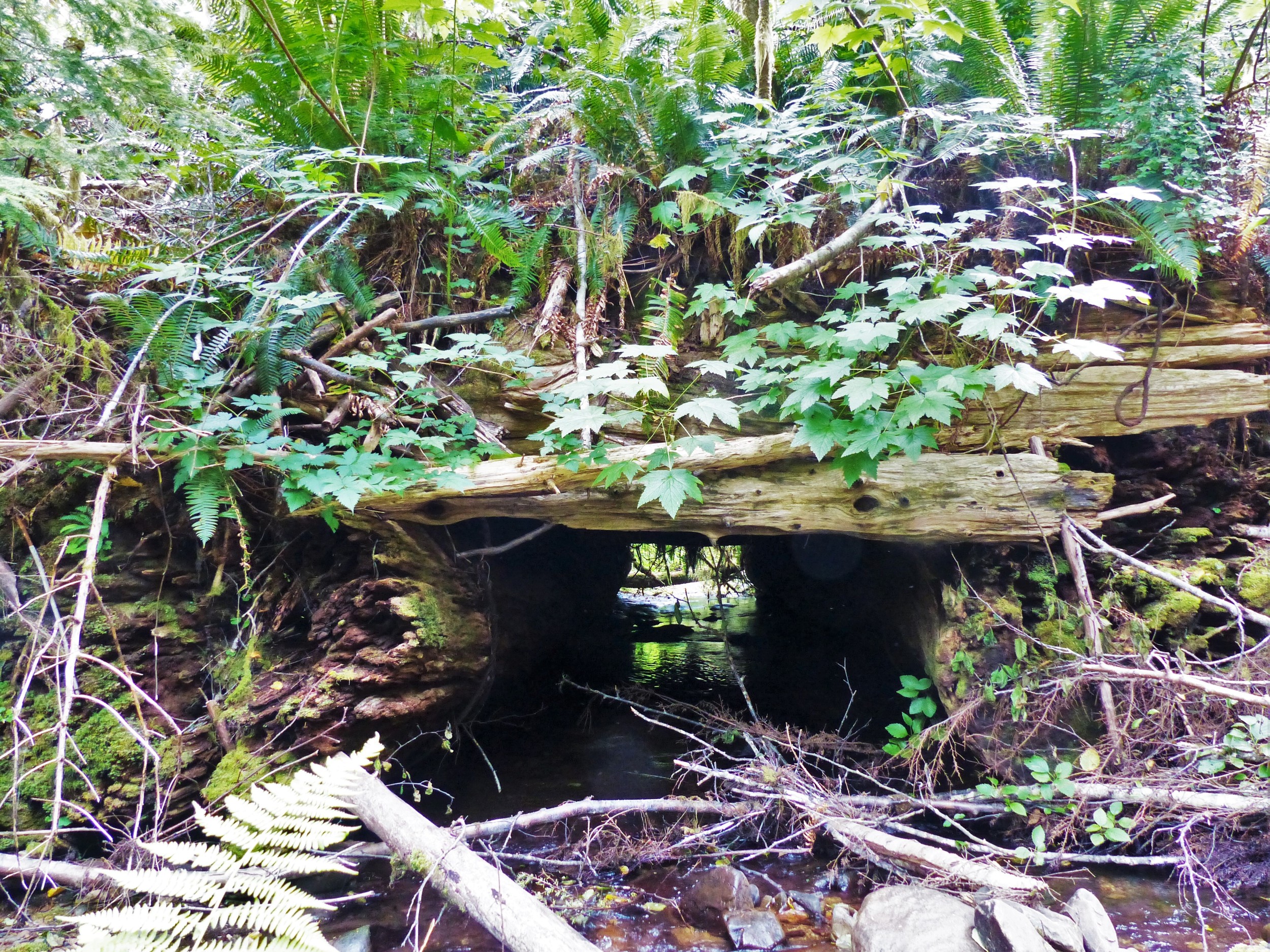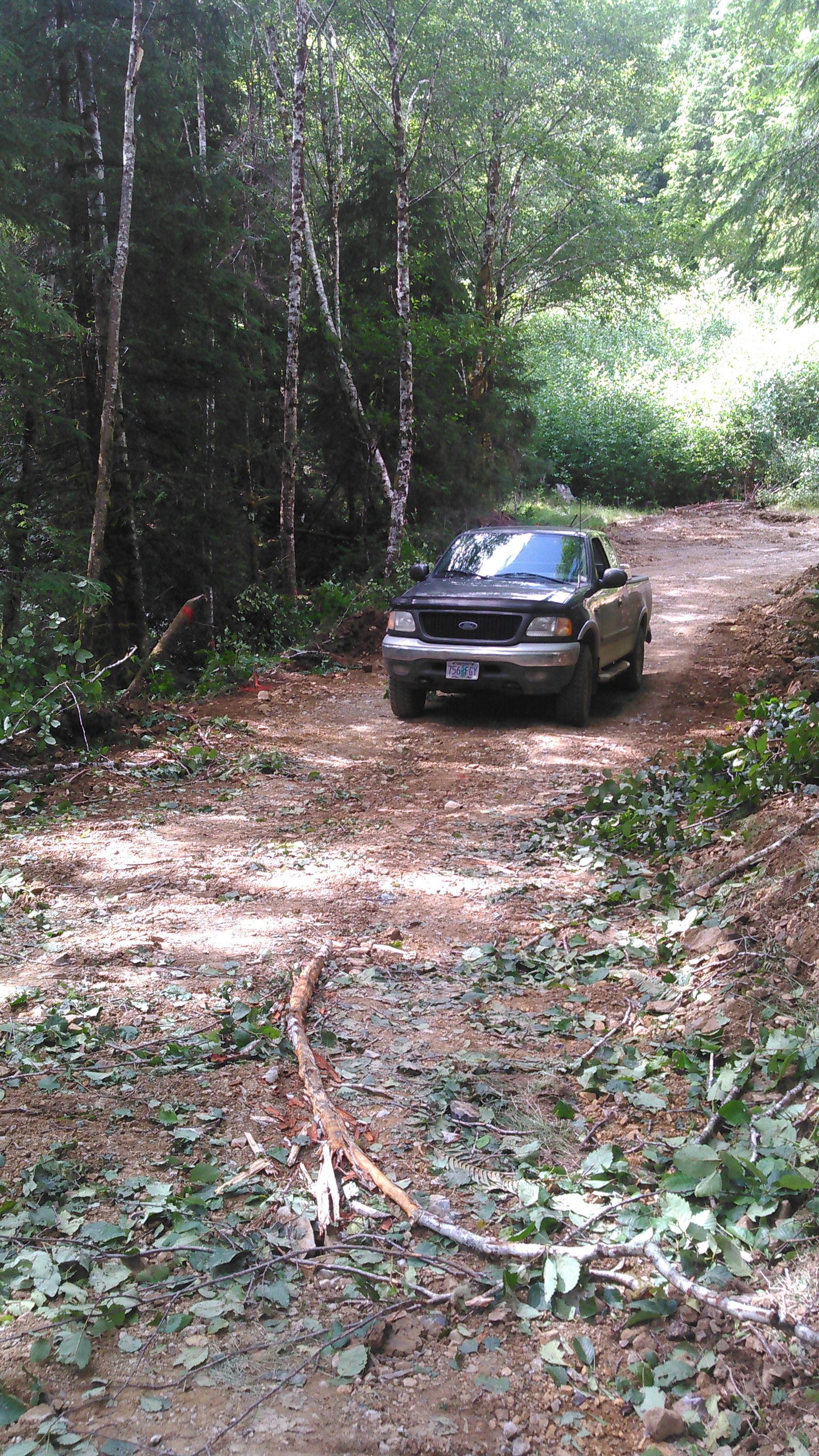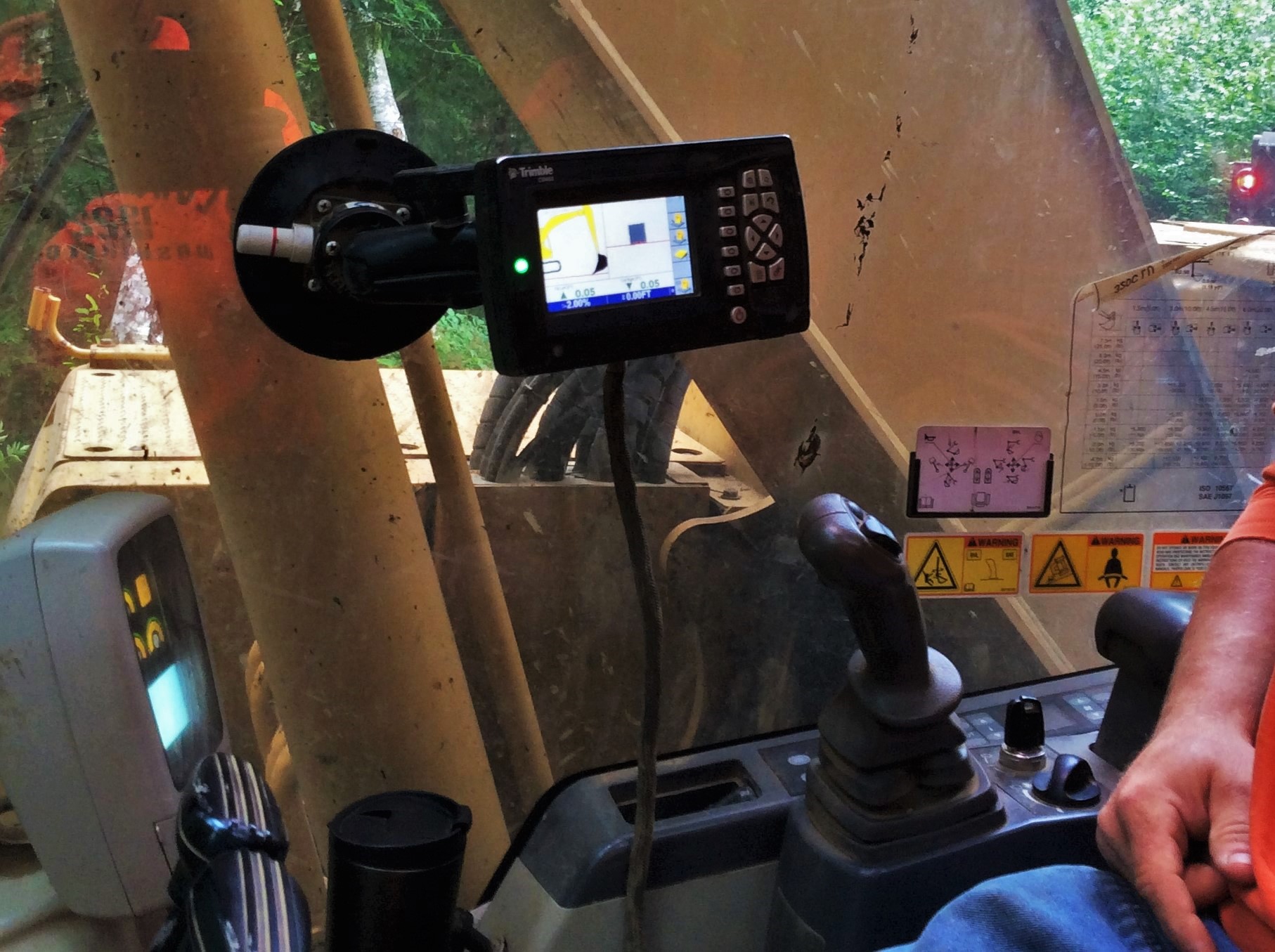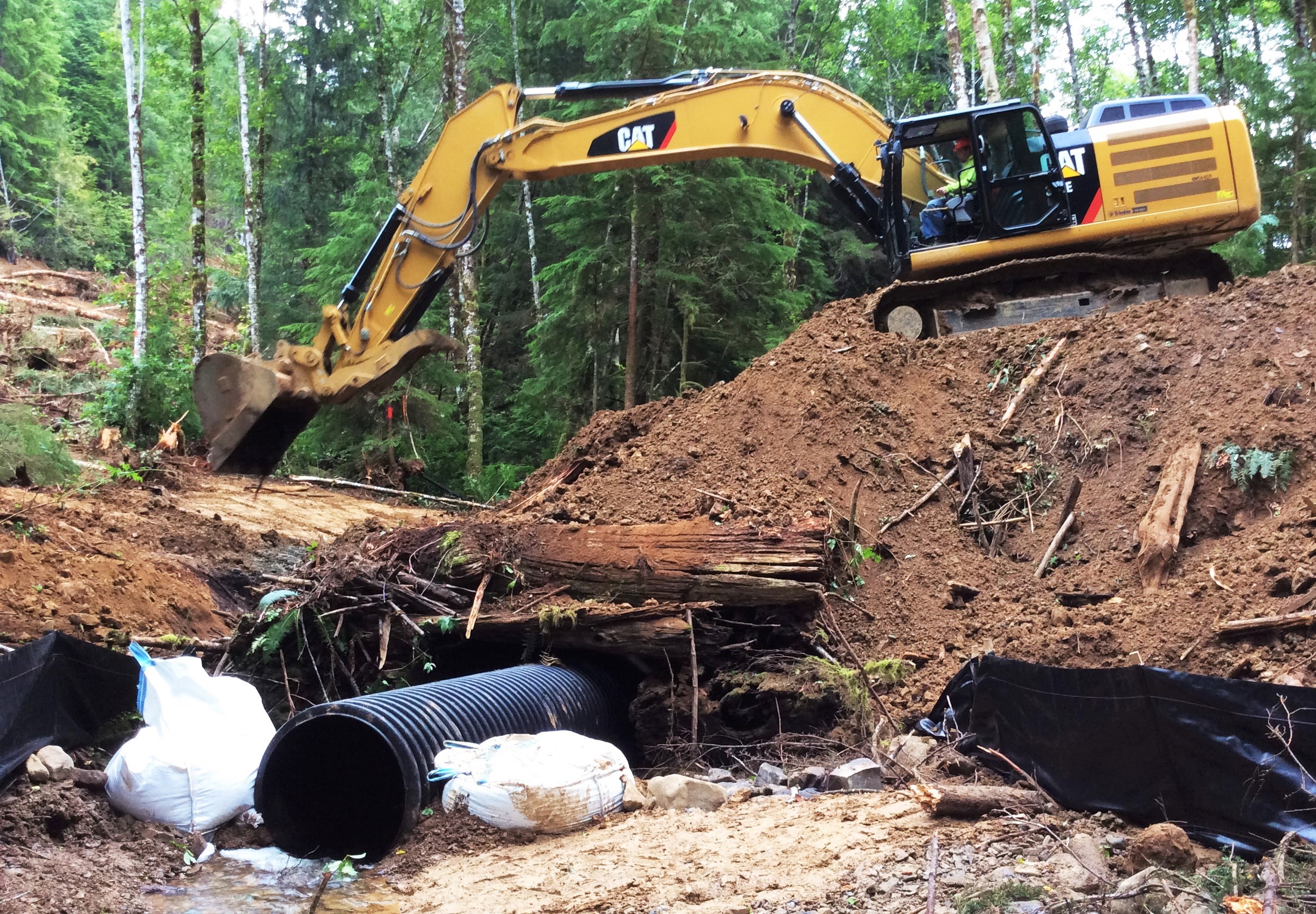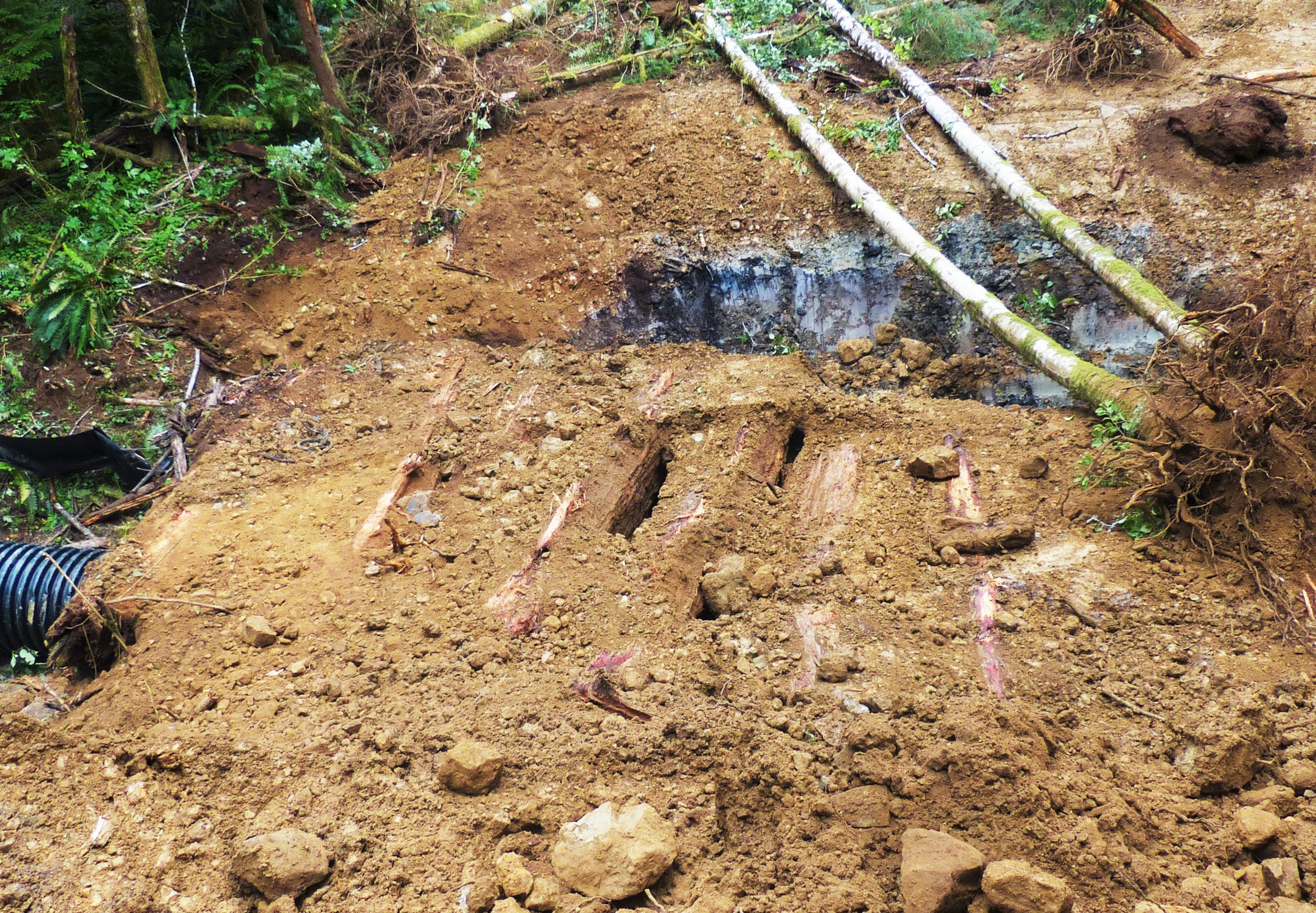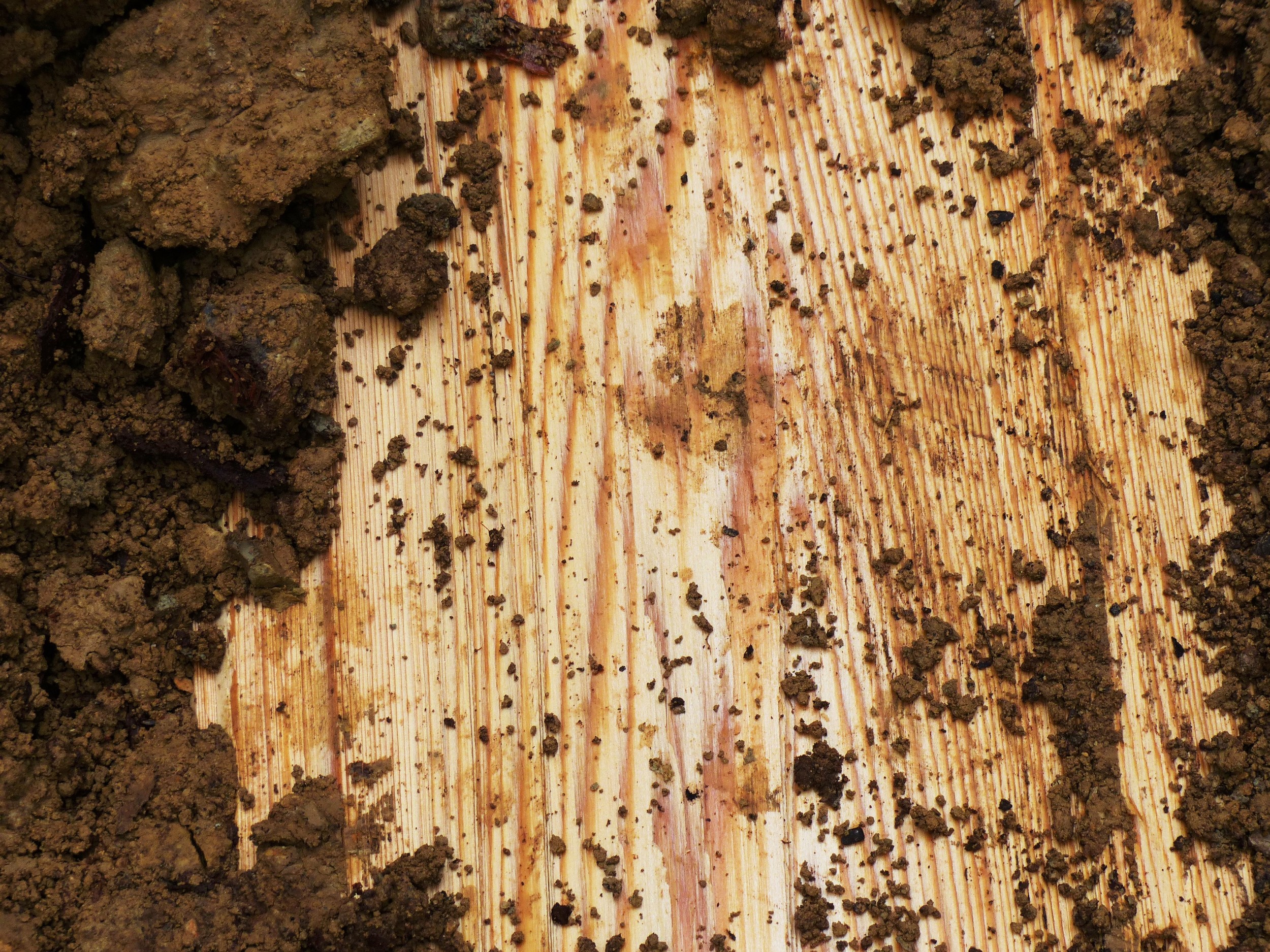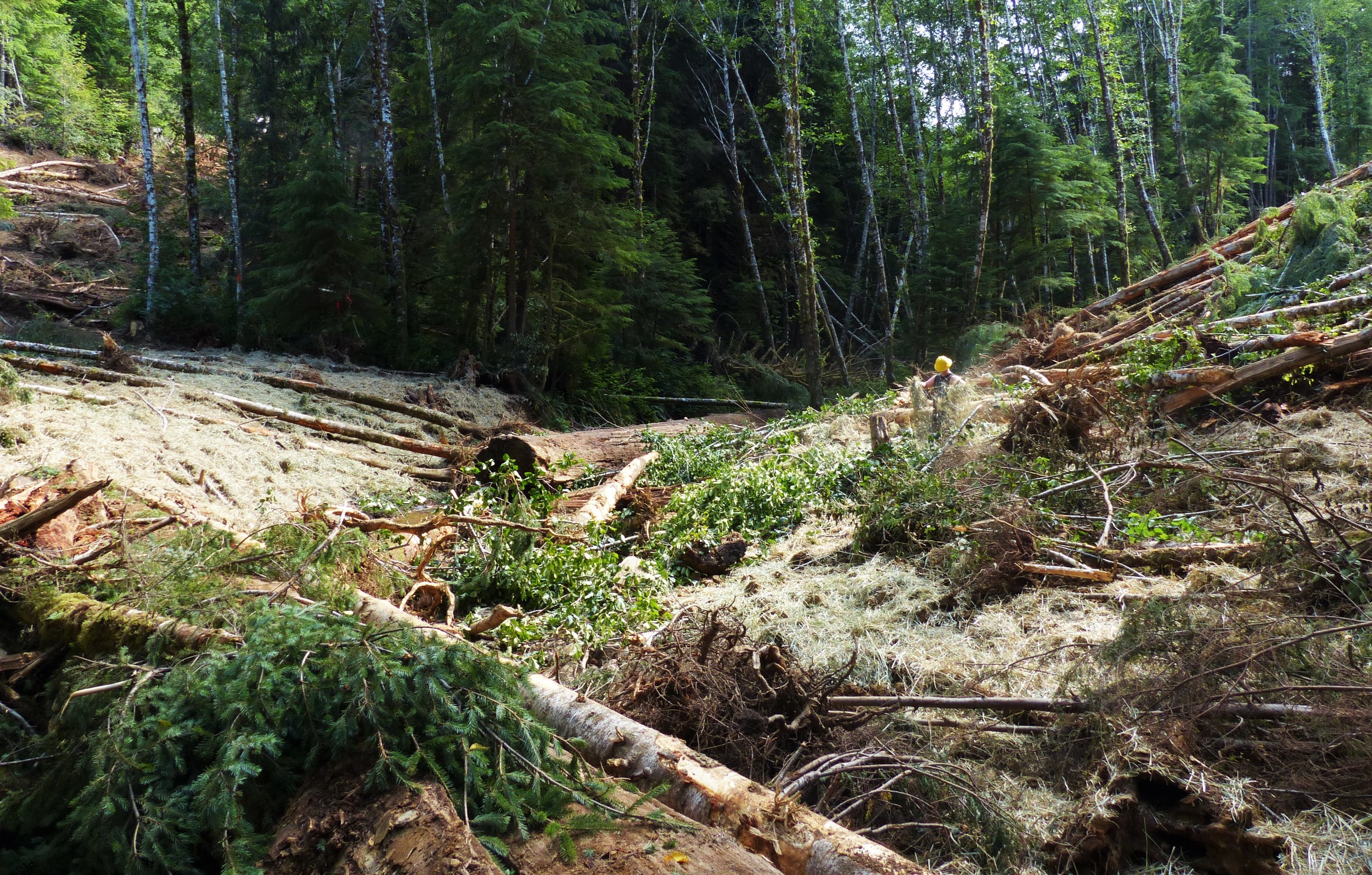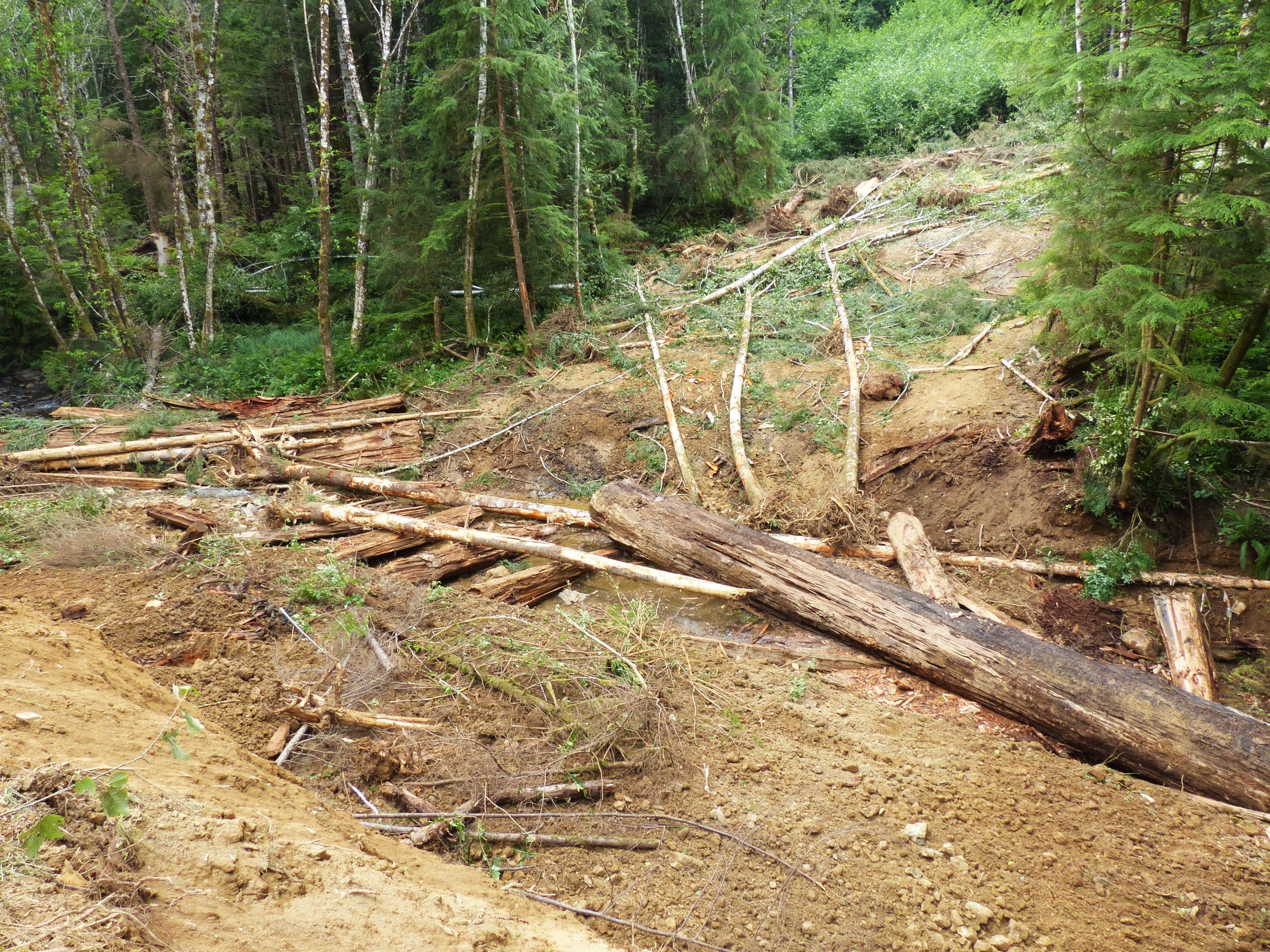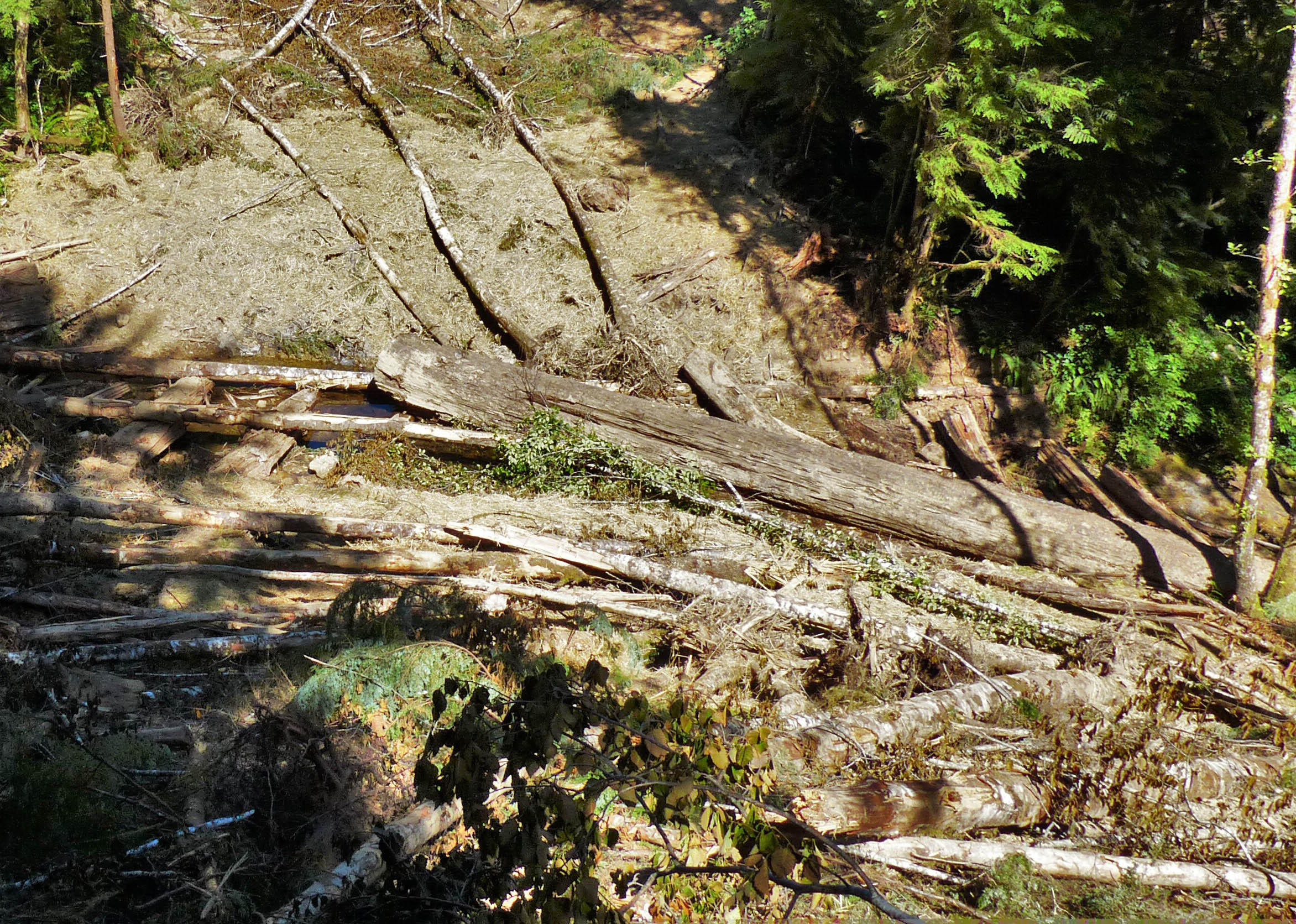Written and filmed by Joelene Boyd, Puget Sound Stewardship Coordinator
Recently, a piece of history was removed from the landscape at Port Susan Bay Preserve. The house that had been a part of the landscape for over 60 years is now gone. Homesteader, Menno H. Groeneveld bought the house for a bargain price as the Interstate freeway was expanding through Seattle and moved it to the property so the story goes.
Groeneveld was an ambitious man who inherited a portion of the tidelands of Port Susan Bay back in the 1950’s. Initially he thought his inheritance was agriculture land until, upon his arrival from the mid-west, he realized it was not. However, he didn’t let that dampen his dreams and set to work building a dike around 160 acres so that he could pursue his calling - farming.
Every time I think of all of the options that someone in his shoes could have done I’m struck by the pure determination he must have had to embark on building a dike around then mud and estuary and start a farming operation.
In 2012, The Nature Conservancy removed this outer dike and restored 150 acres to estuary habitat to support juvenile Chinook Salmon, water birds and other estuary dependent fish and wildlife species.
As I watched the house come down I knew it was the right thing for conservation and giving this piece of land back to the natural world. But I was also sad that this piece of history was being erased from the landscape.
What's next for this area? In the immediate future I will plant some annual grass to keep the weeds at bay but longer term it would be great to restore native trees and shrubs and install a kiosk of sorts for people to come, congregate and learn about Port Susan Bay and The Nature Conservancy's amazing work in restoring and protecting this special place.
The house is now gone but the story of this man and his resolve will stay with me for a long time to come.


















